In the annals of economic policy, few actions have sparked as much controversy and uncertainty as the imposition of tariffs. Despite rattled financial markets, threats of retaliation, and even some of his biggest supporters urging him to reconsider, President Donald Trump pressed forward with his signature economic policy. On Wednesday, his administration rolled out a series of new "reciprocal" tariffs on dozens of American allies and adversaries alike. The stated goal was to restore fairness and boost American manufacturing, but the reality on the ground is far more complex and fraught with risk.
The Tariff Tsunami
Goods from China, the largest target, are now subject to at least a 104% tariff. This figure is staggering, especially considering that Trump increased the tariffs even further after Beijing refused to back down on its promise to impose 34% retaliatory tariffs. The so-called "reciprocal" rates, calculated by dividing a country's trade deficit with the US by its exports to the US and multiplying by 1/2, range from 11% to a whopping 50%. This means that the EU faces a 20% tariff, China 34%, Japan 24%, Vietnam 46%, and South Korea 25%. These new rates come just days after Trump imposed a 10% universal tariff on all countries' imports, except for Mexico and Canada.
The impact of these tariffs is not just theoretical; it is already being felt in financial markets and on Main Street. Importers, not the countries targeted by Trump, will bear the brunt of these tariffs. These costs are often passed on to wholesalers, retailers, and ultimately, consumers. American businesses, seeking to minimize costs, are likely to source goods from countries with lower tariff rates, further disrupting global supply chains.
The Economic Quagmire
The implications of these tariffs extend far beyond the immediate financial markets. The threat of a global trade war looms large, with China's Foreign Ministry promising to take "resolute and effective measures" to safeguard its rights and interests. The rhetoric is heating up, and the stakes could not be higher.
The financial markets have already taken a hit. Since April 2, trillions of dollars in market value have been wiped away from US stocks. JPMorgan has raised the chances of a global recession to 60% by the year's end, up from 40%, if Trump carries out his full plan. The bank's economists noted that the tariff hikes since the start of the Trump administration amount to the largest US tax hike in nearly 60 years. This would have direct ramifications on household and business spending, with ripple effects through retaliation, a slide in business sentiment, and supply chain disruptions.
The impact on American consumers is equally concerning. According to the nonpartisan Tax Foundation, consumers will pay at least $2,100 more a year on average due to Trump's tariffs. This is a significant financial burden, especially for middle-class families already struggling with rising costs of living.
The Recession and Stagflation Debate
The possibility of a recession is not just a distant threat; it is a very real concern. Goldman Sachs has increased its forecast for a US recession in the next 12 months to 45%, a 10-percentage-point increase from prior predictions. In a note titled "Countdown to a Recession," the bank's economists expressed their belief that the White House would initially announce a more aggressive tariff and then scale it back. However, unless the enacted tariffs are significantly revised, Brian Bethune, an economics professor at Boston College, predicts that the US economy will enter a recession by the second quarter of this year.
Even more alarming is the potential for stagflation, a scenario where economic growth declines significantly while inflation heats up. Bethune warns that the probability of stagflation is 100%, with inflation from Trump's tariffs expected to hit consumer price levels by May and accelerate further in June and July.
Not everyone is predicting a recession, however. Morgan Stanley analysts believe the US will avoid a recession because they expect Trump to ultimately strike deals with countries to lower tariffs. Trump's chief trade adviser, Peter Navarro, has also guaranteed that the US economy will not plunge into a recession. Despite these assurances, the reality is that dozens of countries have offered to negotiate, but it is unclear whether deals can be worked out quickly—or at all.
The Broader Geopolitical Implications
Trump's tariffs have had a profound impact on global trade dynamics. China, the world's second-largest economy, has been hit the hardest. The mutual tariffs threaten to hurt domestic industries and could result in layoffs. When Trump's first term ended, the US charged an average tariff rate of 19.3% on Chinese goods, according to a Peterson Institute for International Economics analysis. The Biden administration kept most of these tariffs in place while adding others, bringing the average rate to 20.8%.
Despite the tariffs, China remained the second-largest source of foreign goods last year, shipping a total of $439 billion worth of goods to the US in 2024, while the US exported $144 billion worth of goods to China. The tariffs have forced American businesses to look to other countries for goods previously imported from China. Mexico has been a top beneficiary, overtaking China to become America's top source of imports in 2023, a position it maintained last year. Several Asian countries, including Vietnam, South Korea, and Taiwan, have also seen trade flows to the US surge since Trump's first term.
The Path Forward: Uncertainty and Negotiations
The path forward is fraught with uncertainty. Trump and his administration have emphasized that non-tariff trade barriers, such as currency manipulation, unfair tax policies, and the use of sweatshop labor, are more important than tariffs. This stance has led them to reject various nations' offers to set their tariffs to 0% on US goods in exchange for the same treatment.
The future of global trade hangs in the balance. While some analysts and policymakers remain optimistic that negotiations will lead to a resolution, the reality is that the tariffs have already caused significant damage. Colin Grabow, associate director at the Cato Institute's Herbert A. Stiefel Center for Trade Policy Studies, notes that Trump's actions have significantly hurt US credibility. "Businesses need a certain degree of certainty in which to operate, and Trump’s chaotic approach is not providing that," he said.
A Call for Prudence and Dialogue
The imposition of tariffs by the Trump administration has thrust the global economy into uncharted waters. The financial markets' reaction, the threat of a global trade war, and the potential for a recession or stagflation are all very real concerns. While the stated goal of restoring fairness and boosting American manufacturing is laudable, the reality is that the tariffs have created a complex and volatile economic environment.
The path forward must involve prudence and dialogue. Negotiations and diplomacy are essential in resolving trade disputes and restoring stability to global markets. The stakes are too high to ignore the potential consequences of escalating trade tensions. As the world watches closely, the hope is that cooler heads will prevail, and a resolution will be found that benefits all parties involved. Until then, the global economy remains at a crossroads, and the future remains uncertain.
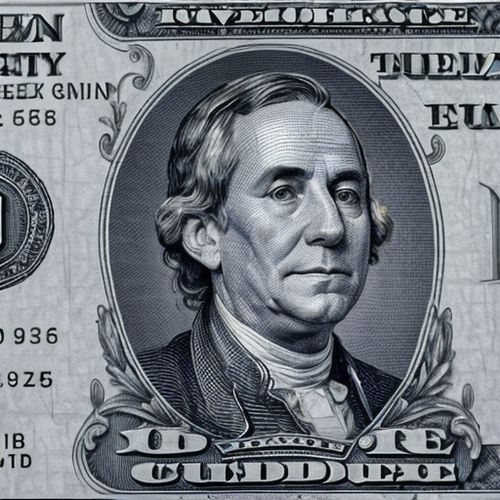
By Samuel Cooper/Apr 10, 2025

By Noah Bell/Apr 10, 2025
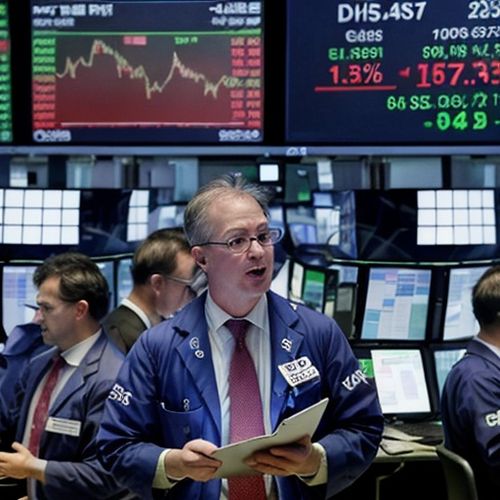
By Sarah Davis/Apr 10, 2025
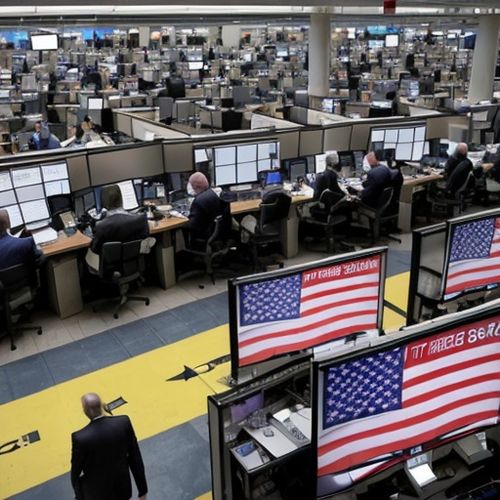
By Noah Bell/Apr 10, 2025
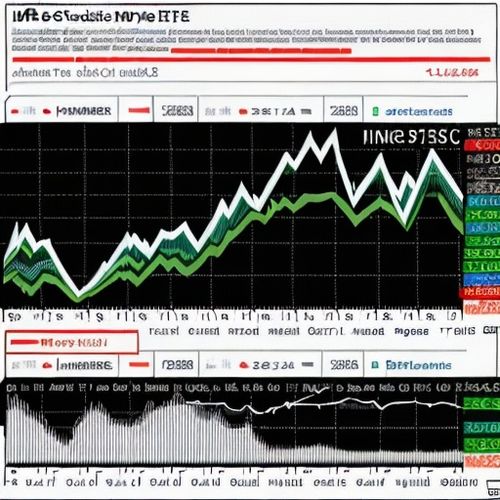
By Rebecca Stewart/Apr 10, 2025

By Lily Simpson/Apr 10, 2025
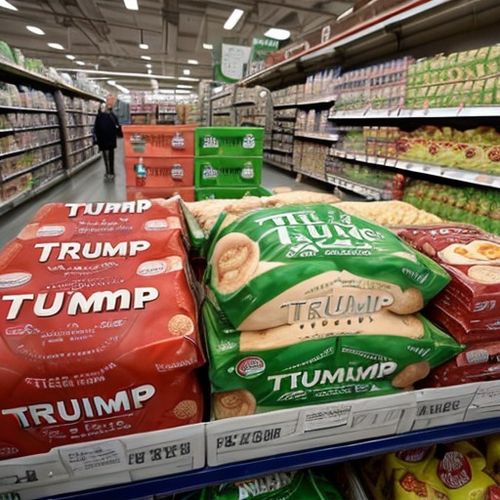
By Christopher Harris/Apr 10, 2025
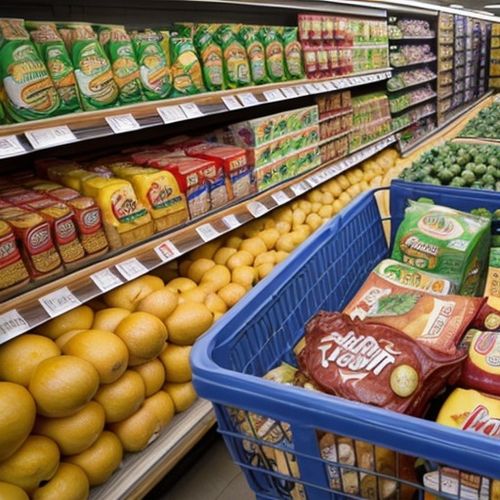
By Emma Thompson/Apr 10, 2025

By Olivia Reed/Apr 10, 2025
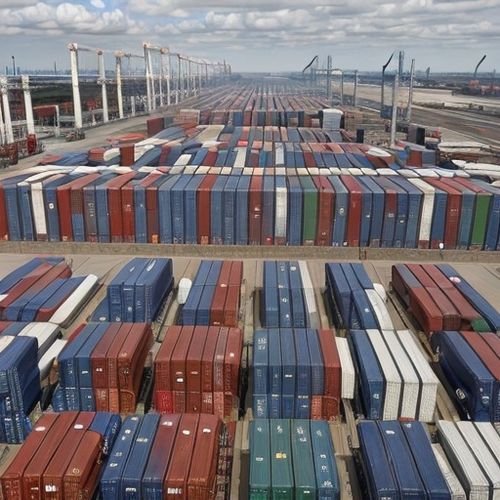
By Eric Ward/Apr 10, 2025
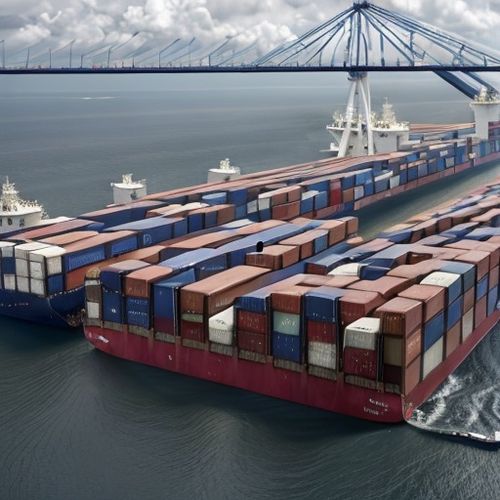
By Victoria Gonzalez/Apr 10, 2025

By Jessica Lee/Apr 10, 2025

By Sophia Lewis/Apr 10, 2025
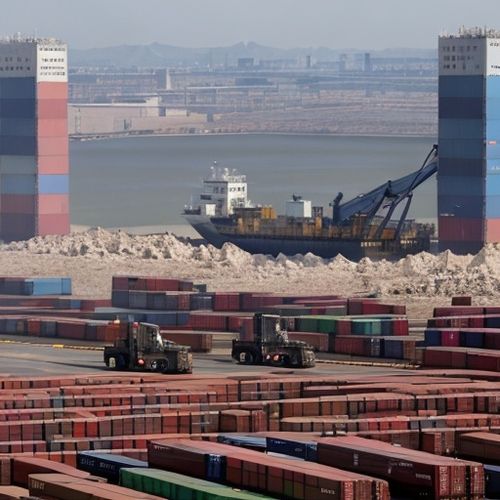
By Eric Ward/Apr 10, 2025
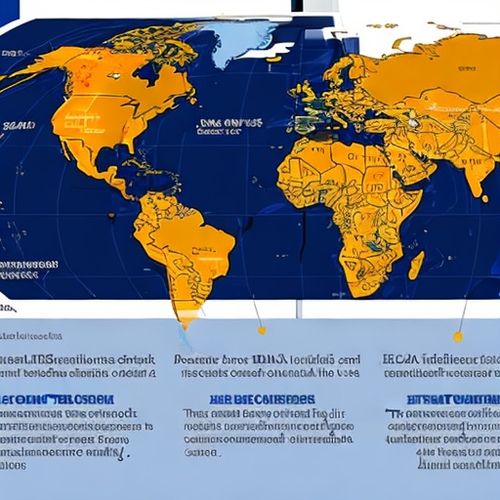
By William Miller/Apr 10, 2025

By James Moore/Apr 10, 2025